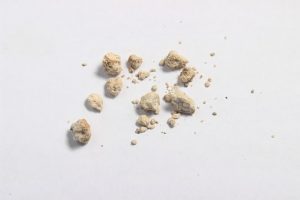
The researchers saw higher incidences of urinary stones among the men who received testosterone replacement therapy compared to the controls.
The stones were detected through clinical diagnosis and surgical intervention, such as extracorporeal shockwave lithotripsy, percutaneous nephrolithotomy, and ureteroscopy with lithotripsy.
Lead researcher Dr. Tyler R. McClintock explained, “Given this is the first study to specifically examine the relationship of testosterone replacement therapy with stone events, we feel that our findings can be considered alongside other known risks and benefits of TRT as clinicians counsel their patients and determine appropriate candidates for therapy.”
What Are Urinary Stones?
Urinary stones form in the urinary tract and can either be symptomless or cause a person to experience severe pain. These stones begin to form in the kidneys and may grow bigger in the urethra. Annually, one out of 1,000 Americans is hospitalized as a result of urinary stones. Urinary stones tend to be more common among middle-aged and older men.
If a stone is small, it will often not cause any symptoms and pass through the urine. Larger stones tend to lead to complications and symptoms.
Stones may form as a result of urine becoming too saturated with salt, or if the urine lacks normal inhibitors of stone formation. Urinary stones tend to be more common among people with other conditions like dehydration, renal tubular acidosis, or hyperparathyroidism. People with a family history of stones are also at a higher risk.
Also read:
- What causes struvite kidney stones?
- 19 foods that lower testosterone levels
- Essential oils for kidney stones: How to use and recipes